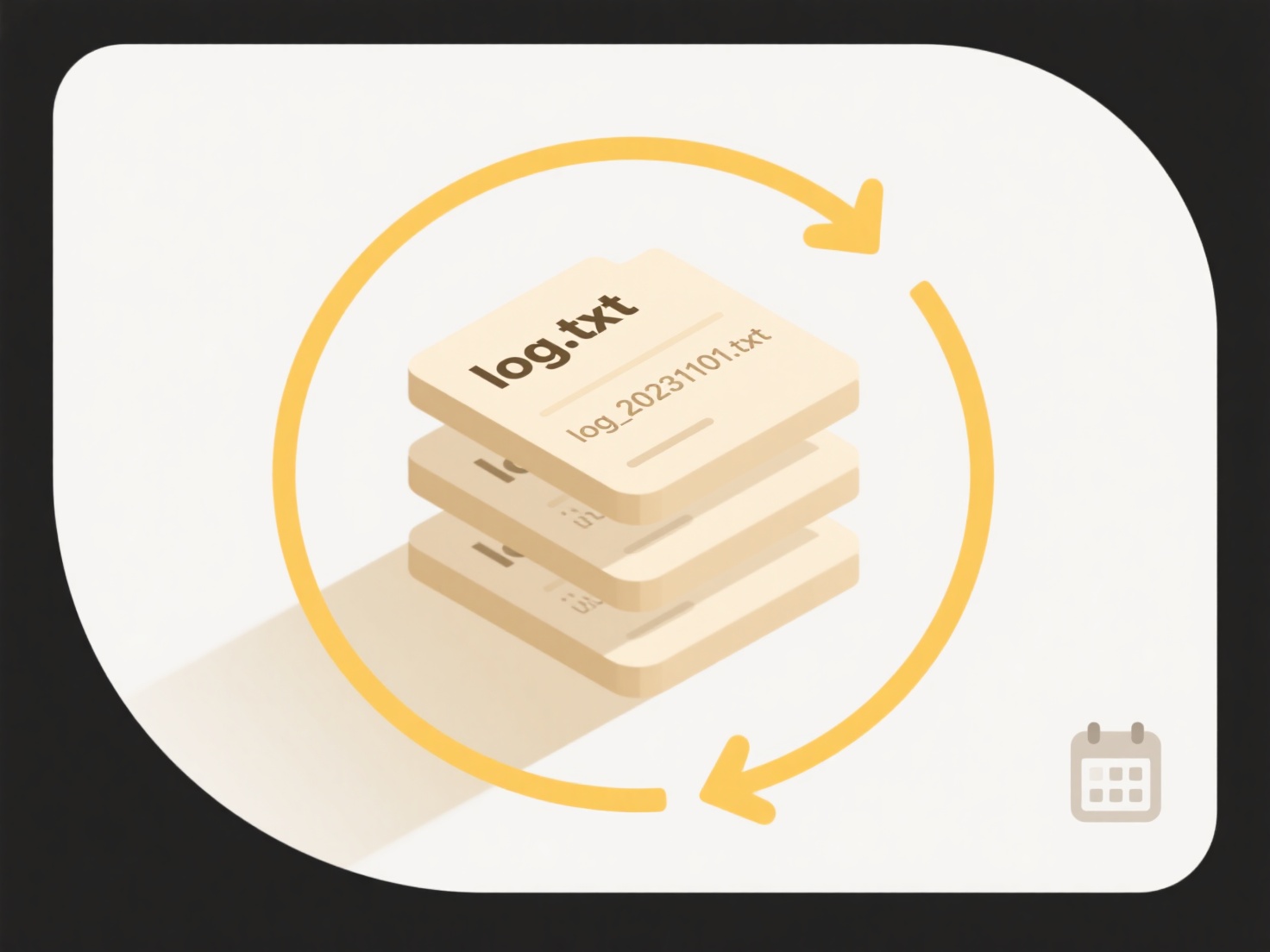
JSON and XML files are plain text formats storing structured data. They open incorrectly when software fails to recognize their intended purpose or parse their syntax rules. This typically happens because the default application assigned to open the file interprets it solely as basic text, ignoring its specific structure, or lacks the necessary capabilities to display the formatted content correctly. Misconfigurations, such as file association errors, or fundamental issues like file corruption or incompatible character encoding can also cause display problems.
Developers commonly encounter this when double-clicking an XML file; it might open in a basic text editor like Notepad, displaying raw tags instead of a hierarchical view an XML editor would provide. Similarly, a JSON file might open in a web browser, showing either minified text without formatting or just plain text, rather than in a code editor like VS Code that offers syntax highlighting and folding. Web developers, data engineers, and application integrators frequently face this when handling configuration files, APIs, or data interchange tasks across various platforms.

These formats offer major benefits in interoperability and structured data storage but lack inherent visual rendering instructions. A key limitation is that viewing depends entirely on the application's parsing and display capabilities. While lightweight text editors are widely available, they often won't format structures intuitively. Choosing specialized tools or correct associations ensures proper readability. Future-proofing involves using standardized encoding (UTF-8) and avoiding syntax errors to prevent misinterpretation across diverse systems.
Why do developer file types (.json, .xml) open incorrectly?
JSON and XML files are plain text formats storing structured data. They open incorrectly when software fails to recognize their intended purpose or parse their syntax rules. This typically happens because the default application assigned to open the file interprets it solely as basic text, ignoring its specific structure, or lacks the necessary capabilities to display the formatted content correctly. Misconfigurations, such as file association errors, or fundamental issues like file corruption or incompatible character encoding can also cause display problems.
Developers commonly encounter this when double-clicking an XML file; it might open in a basic text editor like Notepad, displaying raw tags instead of a hierarchical view an XML editor would provide. Similarly, a JSON file might open in a web browser, showing either minified text without formatting or just plain text, rather than in a code editor like VS Code that offers syntax highlighting and folding. Web developers, data engineers, and application integrators frequently face this when handling configuration files, APIs, or data interchange tasks across various platforms.

These formats offer major benefits in interoperability and structured data storage but lack inherent visual rendering instructions. A key limitation is that viewing depends entirely on the application's parsing and display capabilities. While lightweight text editors are widely available, they often won't format structures intuitively. Choosing specialized tools or correct associations ensures proper readability. Future-proofing involves using standardized encoding (UTF-8) and avoiding syntax errors to prevent misinterpretation across diverse systems.
Related Recommendations
Quick Article Links
How do I design scalable folder structures?
Scalable folder structures organize files to handle growth efficiently. Unlike flat structures that become cluttered, sc...
How do I find files by visual preview (thumbnails)?
Finding files by visual preview involves identifying them using thumbnail images instead of file names. Thumbnails are s...
Why do some operating systems add a file extension during rename?
Some operating systems automatically add or preserve file extensions when renaming files as a usability feature to preve...